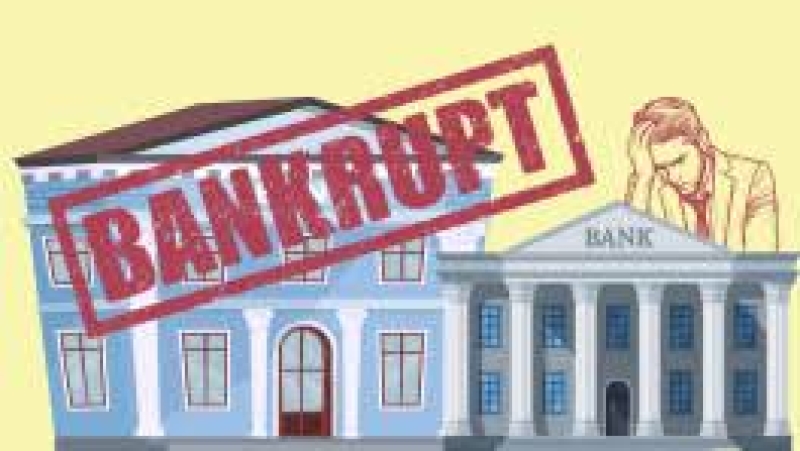- UNGA urges renewed int’l efforts for a resolution of Rohingya crisis |
- First National AI Readiness Assessment Report Published |
- China calls for implementation roadmap for new finance goal |
- New gas reserve found in old well at Sylhet Kailashtila field |
- Revenue earnings shortfall widens in October |
10 Banks Declared "Technically Bankrupt": White Paper

Ten banks classified as "distressed" by regulators are now technically bankrupt and illiquid, according to the draft White Paper on the State of Bangladesh Economy, submitted to the Chief Adviser on December 1.
The report highlights that a banking system’s resilience relies on sufficient capital and liquidity, both of which are critically lacking in these banks.
The analysis focused on 10 distressed banks, including two state-owned institutions plagued by scams over the past decade. The remaining eight are weak Shariah-based banks and conventional private commercial banks. Their combined loans and deposits represent 33% and 32% of the banking sector’s total, respectively.
However, the report revealed that the adjusted value of these banks' assets is only 52% of their reported value, leaving their net worth in negative territory. Additionally, eight out of ten banks are considered illiquid based on their liquid assets-to-tangible assets ratio.
"All the banks are rated 'Very Weak' based on solvency and liquidity indicators such as profitability, non-performing loans (NPLs), and capital. Two banks maintain moderate liquidity, but the others are nearly illiquid," the report stated.
It added that most of these banks have defaulted on their obligations, exhausted market support, and are now reliant on the Bangladesh Bank's Guarantee Scheme to stay afloat.
The report refrained from naming the banks to maintain confidentiality but acknowledged that their precarious state is well-known to the public.
"These banks have been repeatedly linked to delinquent investments in insolvent corporates and even non-existent entities. The significant gap between their reported and actual financial conditions is unsurprising," the document noted.
The findings underline the urgent need for systemic reforms to stabilize the banking sector and restore public confidence.

